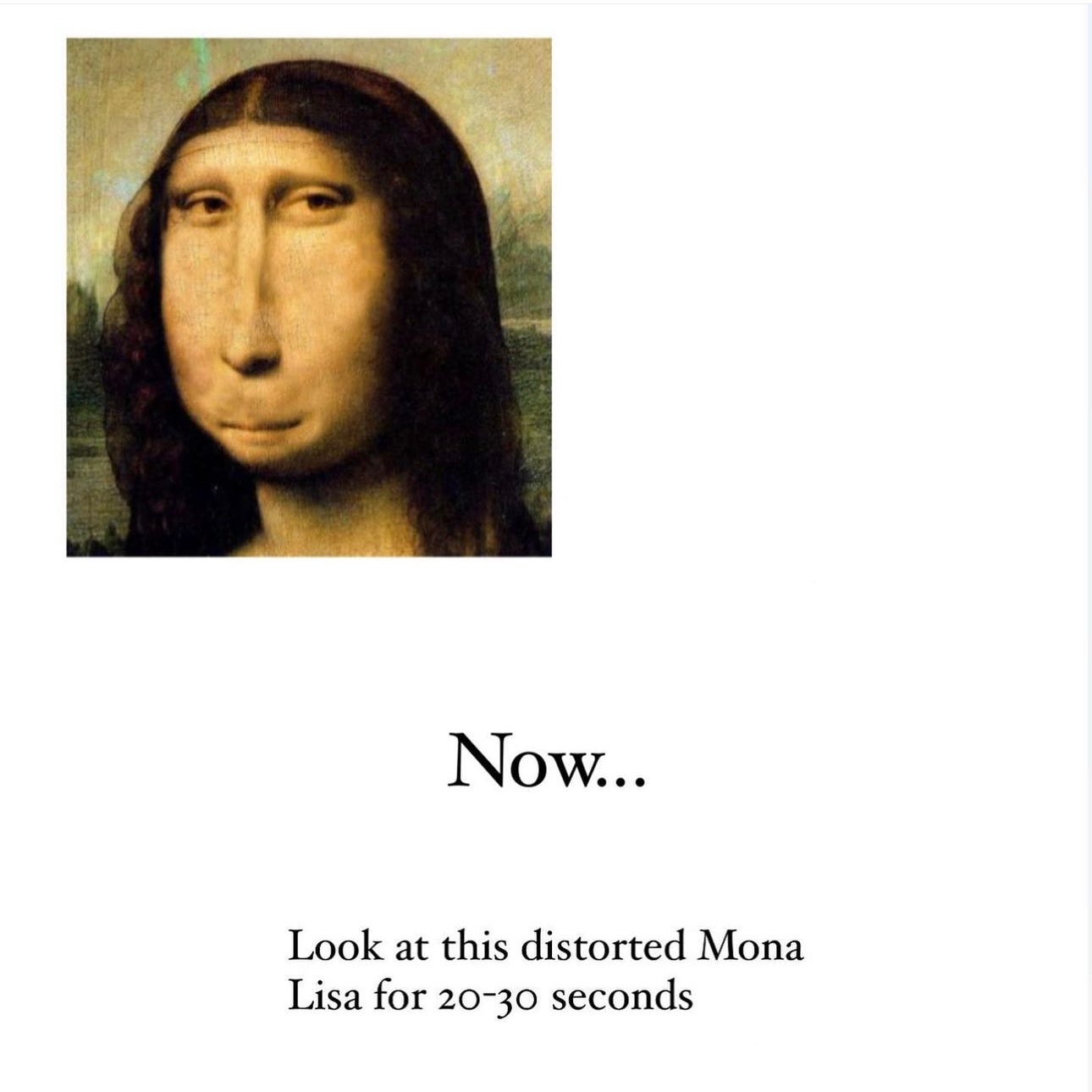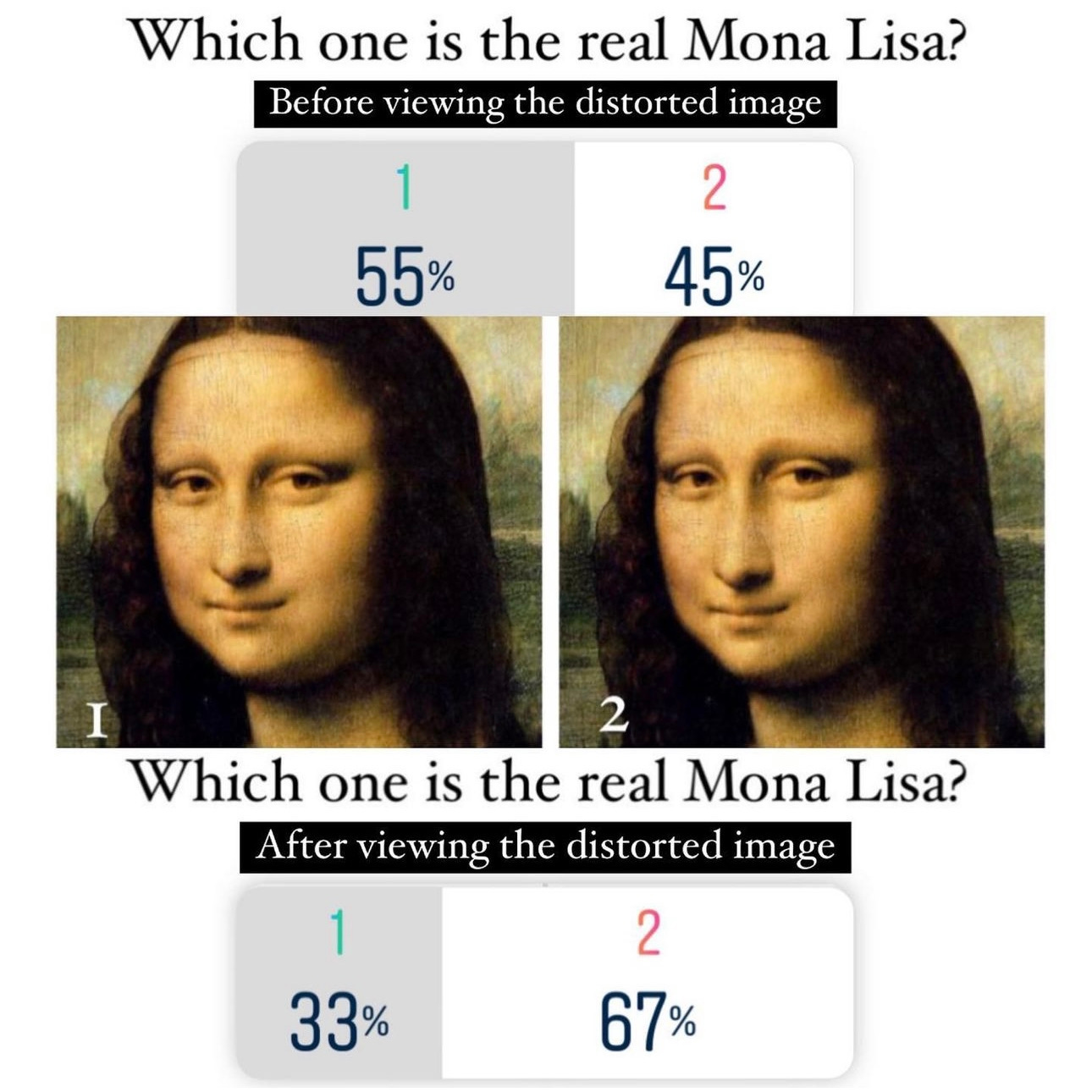The Mona Lisa Effect, the Pillowface Filter, and the Uncanny Valley
How “Instagram face” can cause perception drift in plastic surgery and medical aesthetics
Seeing distortion as part of our daily lives (in the form of ducky lip filler, puffy cheeks, oversized implants, and exaggerated waist to hip ratios) changes what we think of as normal, whether we want it to or not. The human mind anchors to the visual cues it receives and adjusts perception accordingly. This is why plastic surgery is such a tricky field. We must consciously reign in our notions of what is aesthetic and balanced in order to avoid drifting toward exaggeration and heading into the Uncanny Valley.
Not only do people get on a “hedonic treadmill” that requires ever increasing endpoints to be happy, but there is an asymptote of beauty for each face and body that means that perfection can never really be reached— only approached. Austrian researchers Claus-Christian Carbon and Helmet Leder are credited with the explanation of the Mona Lisa Effect— the concept that being flooded with a visual reference point anchors our perception of what is normal. Seeing a vertically stretched Mona Lisa makes us feel like the slightly elongated Mona Lisa is normal. Similarly, seeing tightly pulled faces on social media makes us think nasolabial folds are abnormal, and seeing puffy lips and cheeks and tautly pulled facelifts anchors those visual concepts as normal as well.
Number 1 is the real Mona Lisa. Most people got this right based on internal a priori knowledge. After seeing the vertically stretched distortion, most people got it wrong... When you are bombarded with endless examples of "Instagram face," that becomes the new norm in the human mind. This is why aesthetic judgment is the most important skill a plastic surgeon can have and also the only one that is never formally taught.
Seeing distortion as part of our daily life (ducky lip filler, puffy cheeks, oversized implants, exaggerated waist to hip ratios-- the extreme representations of plastic surgery) changes what we think of as normal, whether we want it to or not. This has caused an unsettling weirdness to some work that is acceptable from a technical perspective, but somehow loses the essence of the human face.
I hope in my work to normalize subtlety and naturalness as an endpoint in aesthetic plastic surgical results.






